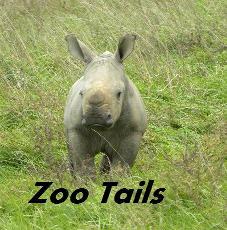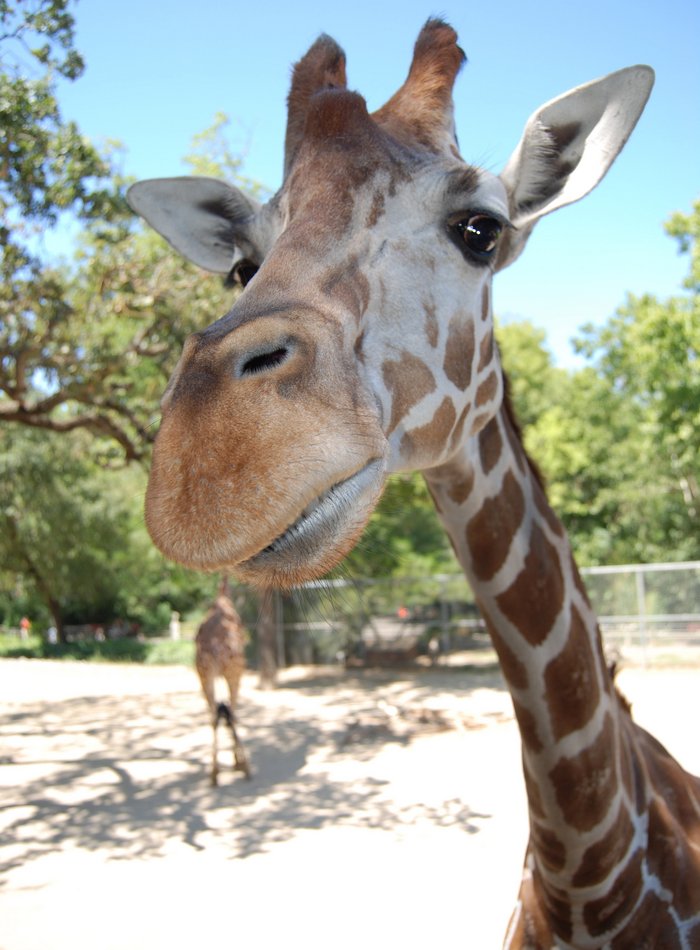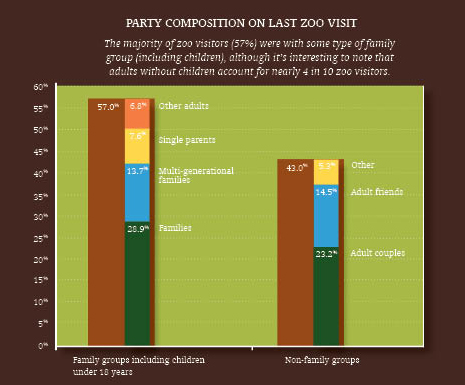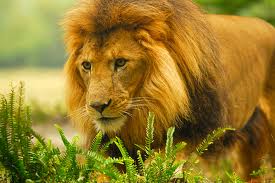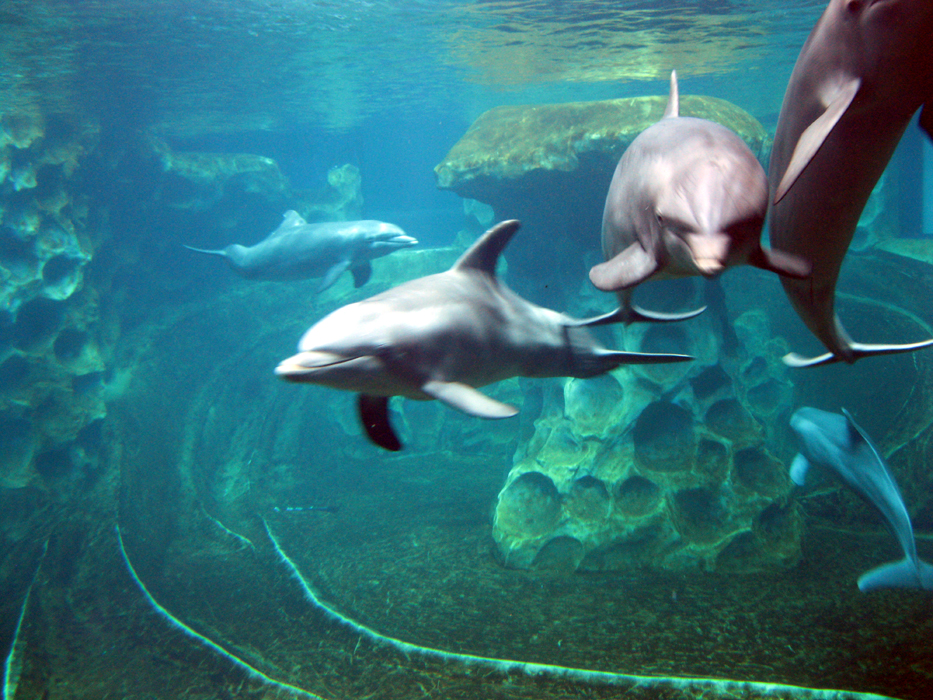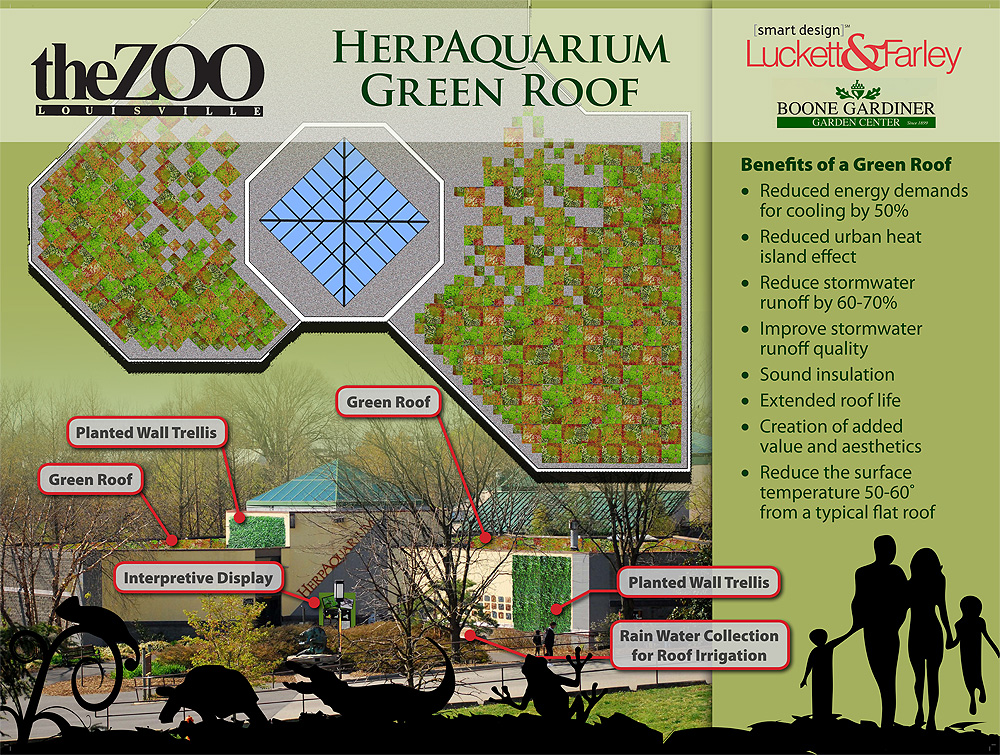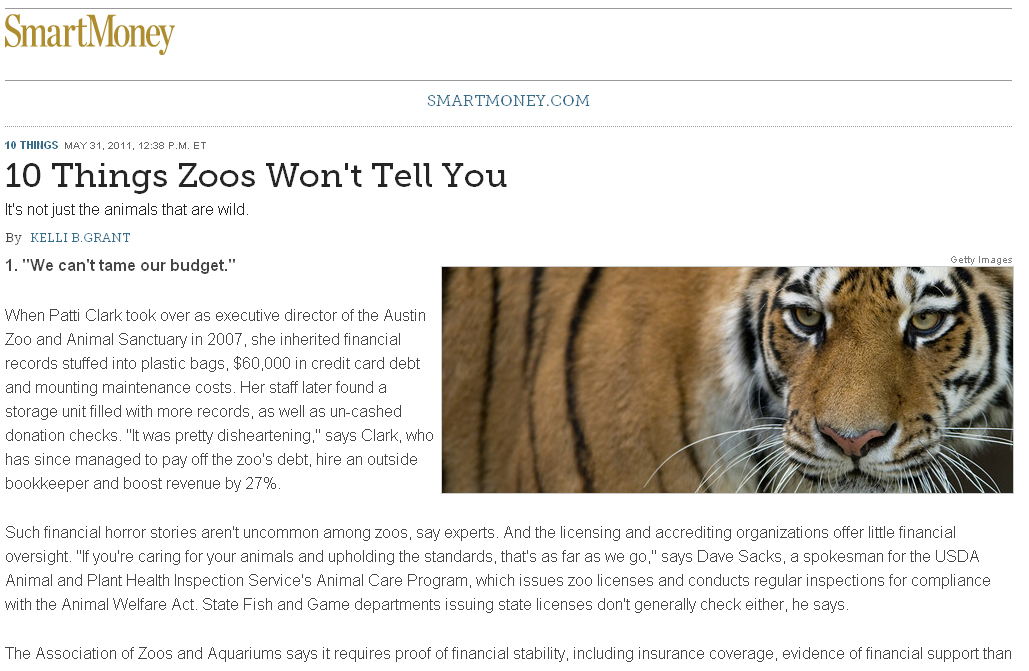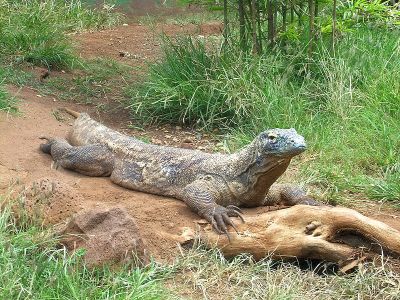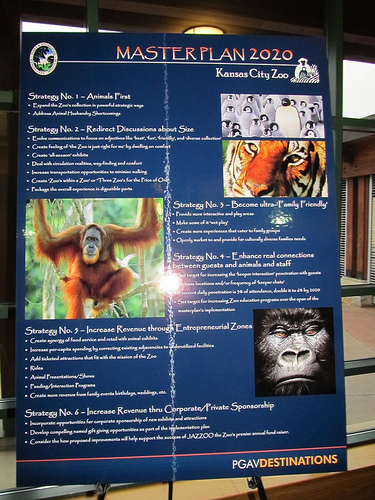| Impressions by Monika Fiby
monika@fiby.at, monika@zoolex.org
How will zoos look in 50 to 100 years from now? This was the theme of the "Future of Zoos" symposium held at Canisius College in Buffalo, New York. American animal behavior experts, conservationists, zoo directors, and international zoo design visionaries were invited to share not only what they think will be, but also to articulate what should be.I was attracted by the program, the list of participants and the proposed presentation topics. There are not many opportunities to meet with experts for a philosophical discourse. Others obviously thought the same and also made there way to Buffalo in February, which is really not the best time for a visit up North.
The weather was as cold as expected and ineffective heating and ventilation systems challenged my fitness. On the other hand, excellent organization and care by staff and volunteers made sure that we never waited anywhere in the cold and could not get lost. We enjoyed a welcoming atmosphere and the time we were awarded for unusual talks with unusual people.
Our host, Michael Noonan, is professor of animal behavior at the Canisius College Institute for the Study of Human-Animal Relations and director of the college’s new graduate program in Anthrozoology, that examines the relationships between people and their companion animals, animals in art, literature, science, agriculture and zoos. Co-host was the Buffalo Zoo.
The format of the symposium was formal presentations with some open discussion inbetween. The audience, about 100 zoo interested students and professionals, were invited to submit questions to the moderator. The symposium was video taped for compiling and publishing a printed document about the presentations and discussions.
Symposium participants were asked to present their vision on following subjects:
Anticipating the Nature of Future Zoo Visitors:
- The Demographics of Future Zoo Visitors
Donna Fernandes, Buffalo Zoological Gardens
- The Expectations of Future Zoo Visitors
Jesse Donahue, Saginaw Valley State University
- Beyond the Animal: Exhibiting and Interpreting Nature
David Hancocks, Author, Architect, Zoo Director Emeritus
- The Size and Shape of Future Zoos
Jeffrey P. Bonner, St Louis Zoo
- Decentralizing Functions: The Proliferation of Institutional Forms
Kenneth Shapiro, Animal & Society Institute
- Design and Architecture: Third Generation Conservation, Post- Immersion and Beyond
Jon Coe, Jon Coe Design
- An Anthrozoological Perspective: Zoos Can Imprison Us/Zoos Should Liberate Us
Paul Waldau, Canisius College
The Role of Zoos in Conservation
- Is Conservation a Viable Mission for Future Zoos?
Kevin Murphy, The Maryland Zoo in Baltimore
- Managed Exchanges of Specimens with Wild Populations
Monika Fiby, ZooLex Zoo Design Organization
- The Diminished State of Wildlife: How Zoos Might Respond
William Conway, Wildlife Conservation Society
- The Changing Educational Role of Zoos
Keith Winsten, The Brevard Zoo
- Zoos as Resources for Scientific Research
Donald Moore, Smithsonian’s National Zoological Park
- The Expanding Mission of Zoos: New Socio-Cultural Roles
Erik Trump, Saginaw Valley State University
- The Future Regulatory Environment
James F. Gesualdi, Attorney at Law
Species Selection in Future Zoos:
- Some Species Do Not Belong In Zoos
Catherine Doyle, In Defense of Animals
- Standard-based Decision Making
Susan Margulis, Canisius College
- Cloning the Extinct: Ecological Prosthetics or Eco-ethical Minefield?
Jeffrey Yule, Louisiana Tech University
- Bioengineered Life: Moral Implications for Future Zoos
John Fraser, New Knowledge Organization Ltd
- The Role of Robotics in Future Zoos
Michael Noonan, Canisius College
Many statements remained undisputed, while others were highly controversial. Although we were asked to prepare visions for a far distant future, most discussions revolved about the current situation in the US and short term trends.
I summarized, what I considered interesting points from my personal perspective as an Austrian landscape architect and zoo designer with an international perspective. I studied in the United States, participated in several American zoo conferences and have known several participants for a long time. On the other hand, I have been working in Europe, Africa and Asia. I therefore focus on trends and visions that I believe are relevant on a global scale.
General trends
Urbanization, diversity, the demand for customization, all time media-use and nature-deficit disorders are trends that make zoos a prime location for family shared experiences and unstructured play.
The divide between elite and working class will become more important in the future.
Scientific findings dissolve the differences between animal and man. Feelings, emotion, empathy, tool use, self-awareness and collaboration are not distinctive features, but gradual differences.
Climate change and lack of corridors between habitats trap wild animals.
Conservation efforts so far have mostly been driven by species' importance, body mass and representation of biological distinctiveness.
Compelling visions
Zoos have too many functions (conservation, education, entertainment) and need to change and focus.
Zoos will become less ark and more museum, less global and more local, less urban and more park. Performing art, virtual experiences, environmentalism and political mission will become more important. Institutions will decentralize and become managers of animal experiences. These experiences will be less predictable and more open ended than today.
Zoos thus will continue to develop into many different forms: reserves, protected areas, safaris, parks, sanctuaries, rehabilitation centres, breeding centres, theme parks, virtual zoos. etc. The development is not linear, but happens parallel at different speed in different places.
Cohabitation with semi-wild animals in urban, agricultural and forestry landscapes will also develop. The boundaries between managing animal populations in semi-wild, free-range and captive situations will blur. The translocation of wild animals - such as elephants in Malaysia - into semi-wild conditions will continue. The difference between ex-situ and in-situ will blur. Semi-natural settings for observing semi-wild animals will become common tourist attractions.
Education
Zoos are not the right location to promote behaviour change because this takes time. Zoos' strengths are authenticity (real animals, real people, real projects, real stories, real experiences), various levels of engagement (signs, programs, websites), customization (media, programs), and connection with local nature. There is a demand for conservation action that zoos can answer with local conservation projects. The boundaries between formal and informal education are blurring.
Welfare
Reducing animals to objects of entertainment and education is in conflict with allowing them as much sovereignty as possible. New technologies such as motion detectors may help to give captive animals more control of their environment. Physical interaction with wild animals may get replaced by virtual touch. Since no technology replaces the real animal experience and effective monitoring of touching is not possible, domestic animals are the first place for direct interaction. Stress indicating devices may help to manage touch animals.
In the future, more people may get involved in animal management decisions such as transfer, euthanasia, rescue and reintroduction since it has become easier to identify individual animals. Rescue and reintroduction may become common practice of zoos and aquariums in collaboration with welfare activists.
There is no contradiction between conservation and welfare. Animal care improves with science. Welfare research for zoo animals is more difficult than for farm animals because their living conditions are much more varied. Welfare should become the main consideration when keeping animals. Husbandry should provide optimum physical and social environments. No more locking in of animals in winters, no more concrete floors, no more "wrong" animals in zoos. Orcas, chimpanzees, elephants may not be allowed in zoos in the future and more species may follow. But, where will they live?
Conservation
Restoration costs much more than conservation. Conservation helps to avoid extinction. But, reproduction is expensive and not sustainable in zoos. Zoos cannot be arks because of space problems and small animal populations. Reproduction planning should be top-down. Thus, large scale breeding centres, translocation, reintroduction for genetic augementation might become more common. Zoos should narrow the range of display animals, spezialize and focus, and eventually replace sanctuaries. On the other hand, diverse collections and breeding are useful for keeper training.
Cloning may become a tool for restoring extinct species, but also for creating chimeras. Cave bear, woolly mammoth, dodo and Tasmanian tiger may be recreated, because their DNA is available. A Pleistocene collection is imaginable. Genetic engineering may be used to customize animals, such as lions that behave like cats.
Summary
Overall, the symposium was inspiring and exciting and many wished that there will be similar events in the future. The opportunity to discuss with experts from various disciplines on an abstract level was considered useful: Self-reflection and uncovering assumptions may help us to give up disfunctional human centricism. |
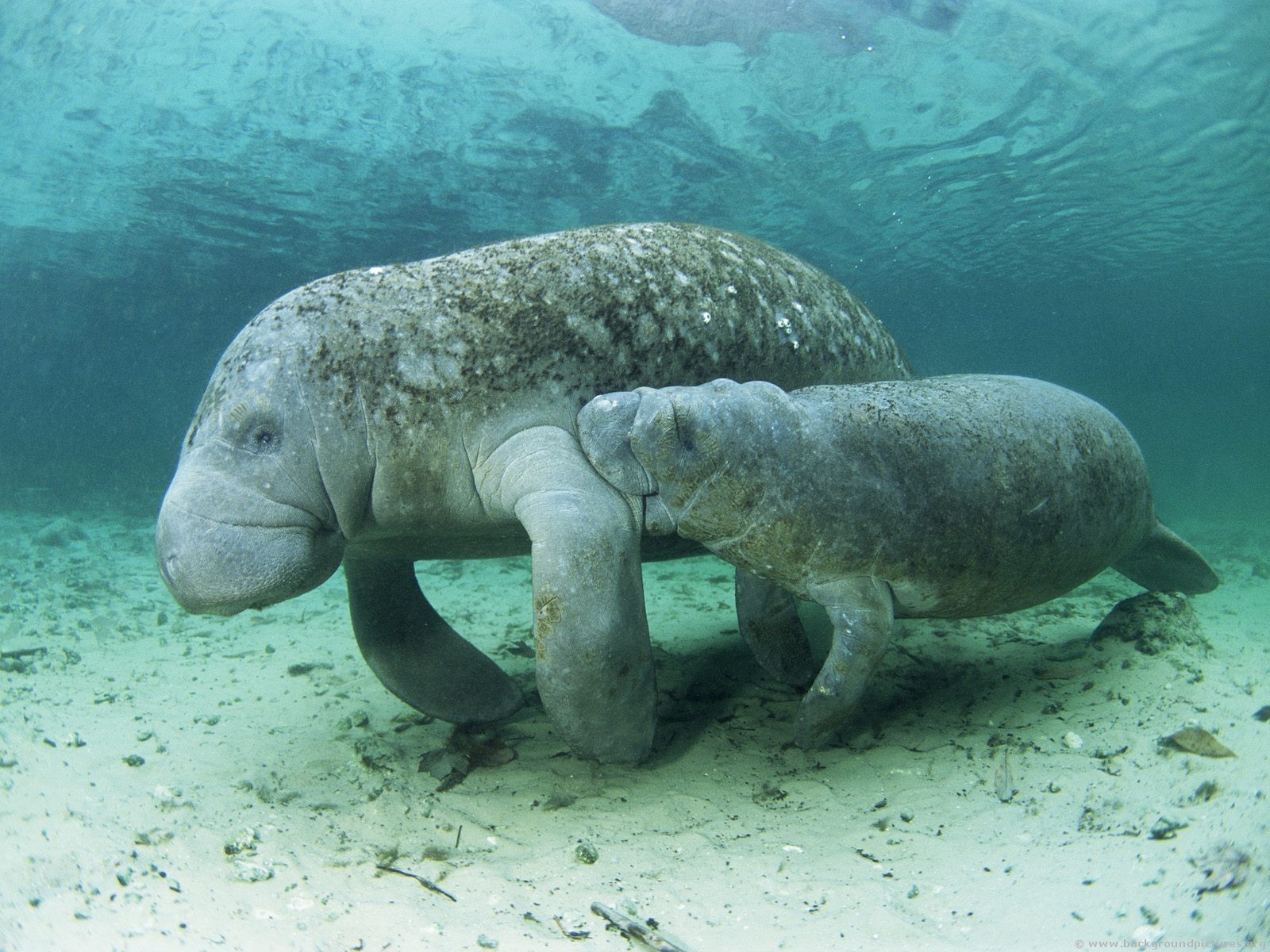 Oh, the lovely sea cow. Once believed to call to sailors, as would a mermaid or, say, a siren, this slow moving, blubbery beauty of the order Sirenia was our focus in August. A favored friend of Florida, the West Indian Manatee is now endangered and relatively rare in captivity. Learn all about this sweet creature here.
Oh, the lovely sea cow. Once believed to call to sailors, as would a mermaid or, say, a siren, this slow moving, blubbery beauty of the order Sirenia was our focus in August. A favored friend of Florida, the West Indian Manatee is now endangered and relatively rare in captivity. Learn all about this sweet creature here.








